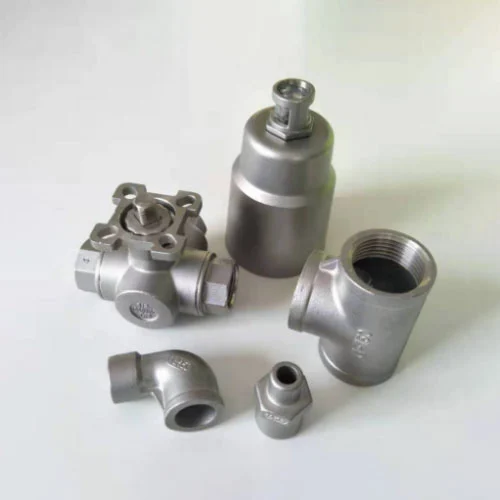Disadvantages of Die Casting
2025-07-04
Die casting is a popular manufacturing process for producing metal parts with high precision. While it offers several advantages, it also has its disadvantages:
High Initial Costs: The setup cost for die casting is high due to the need for specialized molds or dies. These dies can be expensive to produce, making the initial investment significant, especially for small production runs.
Limited Material Choice: Die casting is typically limited to certain metals like aluminum, zinc, and magnesium. The process is not suitable for materials with high melting points, such as steel or copper.
Complex Die Design: The complexity of the die design can increase production time and cost. Creating intricate designs requires highly skilled workers and advanced technology, which can drive up expenses.

Limited Part Size: Die casting is generally used for producing small to medium-sized parts. Larger components may not be feasible due to the limitations of the die and the high cost of tooling.
Porosity Issues: Parts made through die casting can sometimes exhibit porosity, or small holes within the metal. This can affect the part’s strength and durability, requiring additional processing to fix.
Environmental Concerns: The process involves high temperatures, which can lead to energy consumption and emissions. Proper waste management and recycling processes are essential to minimize environmental impact.
In summary, while die casting is an efficient method for producing high-quality parts, it comes with challenges such as high initial costs, material limitations, and potential for defects. These factors need to be carefully considered depending on the application.
As a professional manufacturer and supplier, we provide high-quality products. If you are interested in our products or have any questions, please feel free to contact us.


